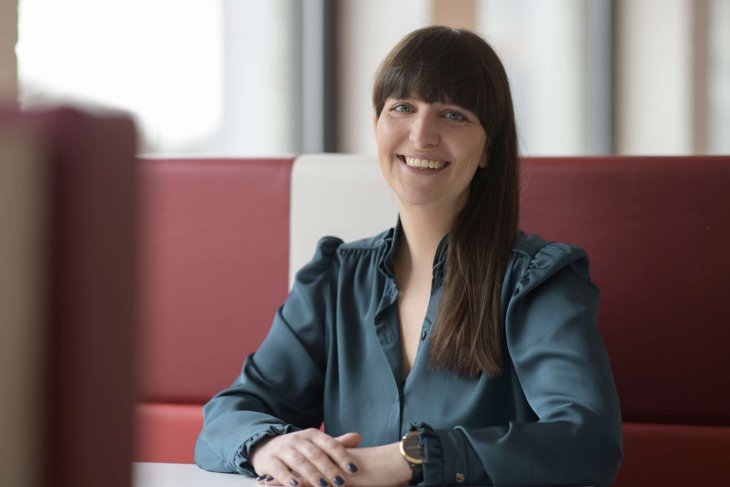After the loss of a loved one, we all process grief in our own way. For about three per cent of bereaved people, the pain remains so intense for an extended period that it interferes with their everyday functioning. We call this Prolonged Grief Disorder. ‘Three per cent may seem few, but if you look at bereaved families who have lost someone suddenly - for example, due to a traffic accident - it rises to about 50 per cent,’ says Lenferink.
Recognised too late
Prolonged Grief Disorder has only recently been recognised in the international classification systems of mental disorders used in psychiatry. Consequently, there was no standardised way to measure and identify it. ‘It is important that people receive professional help in time,’ Lenferink says. But because a standard method is missing, help often comes too late or not at all.
As told by a user of the mourning meter: ‘At the age of 15, I suddenly lost my 3-year-old sister to a brain haemorrhage. I am now 42 and still experience the effects this loss has on me. If I had had a mourning meter at the age of 15, I might have gone through the grieving process differently.’
In addition, people who need help the most often do not realise they could use professional help. This is also tricky. How do you know if your grief is within normal limits or if you are stuck in a prolonged grieving process? That is why the mourning meter offers a signal function: if your grief score exceeds a certain threshold, the mourning meter indicates it might be wise to find professional help.
Mourning meter for children
Recently, there has also been a mourning meter tailor-made for children. ‘Children express their emotions in a different way, which is why their grief process is sometimes underestimated,’ says Lenferink. Children find it more difficult to put their feelings into words, while at the same time many grief questionnaires are designed for adults. They do not fit a child's experience.
For example, one of the questions from the adult grief meter is: ‘Have you felt a very strong desire for ____ in the past month?’ There’s not much to work with for a child. ‘In the grief meter for children, we adapted that question to: ‘In the past month, have you missed ____ very much?’ That is much easier for a child to understand,’ Lenferink says. To match children's perceptions as closely as possible, that version was also made in cooperation with children and other young people.
One of them was Maaike. As a child, she lost her little brother in a traffic accident. Maaike: ‘I think it is very important that in this way more attention is paid to children who have lost a loved one. There is a lot of help aimed at parents. About how they experience the loss and how they can pick up life again. But I also had to go back to school and get on with my life. But no one ever asked about that. Then it felt like I didn't belong, which felt terrible.’
Daily impact
Every day, about a hundred people take a step to improve the understanding of their grief process with the help of the mourning meter. More than 80,000 people have since used the tool. The mourning meter for adults is free and available in 18 languages, so that anyone, anywhere, can access this valuable help.
Lonneke Lenferink has been working as an associate professor at the University of Twente since 2021. Most of her work focuses on research that deals with defining, measuring, predicting and treating disturbed grief symptoms. She conducts that research in the Psychology, Health & Technology (PGT) department in the Faculty of Behavioural, Management and Social Sciences (BMS).




